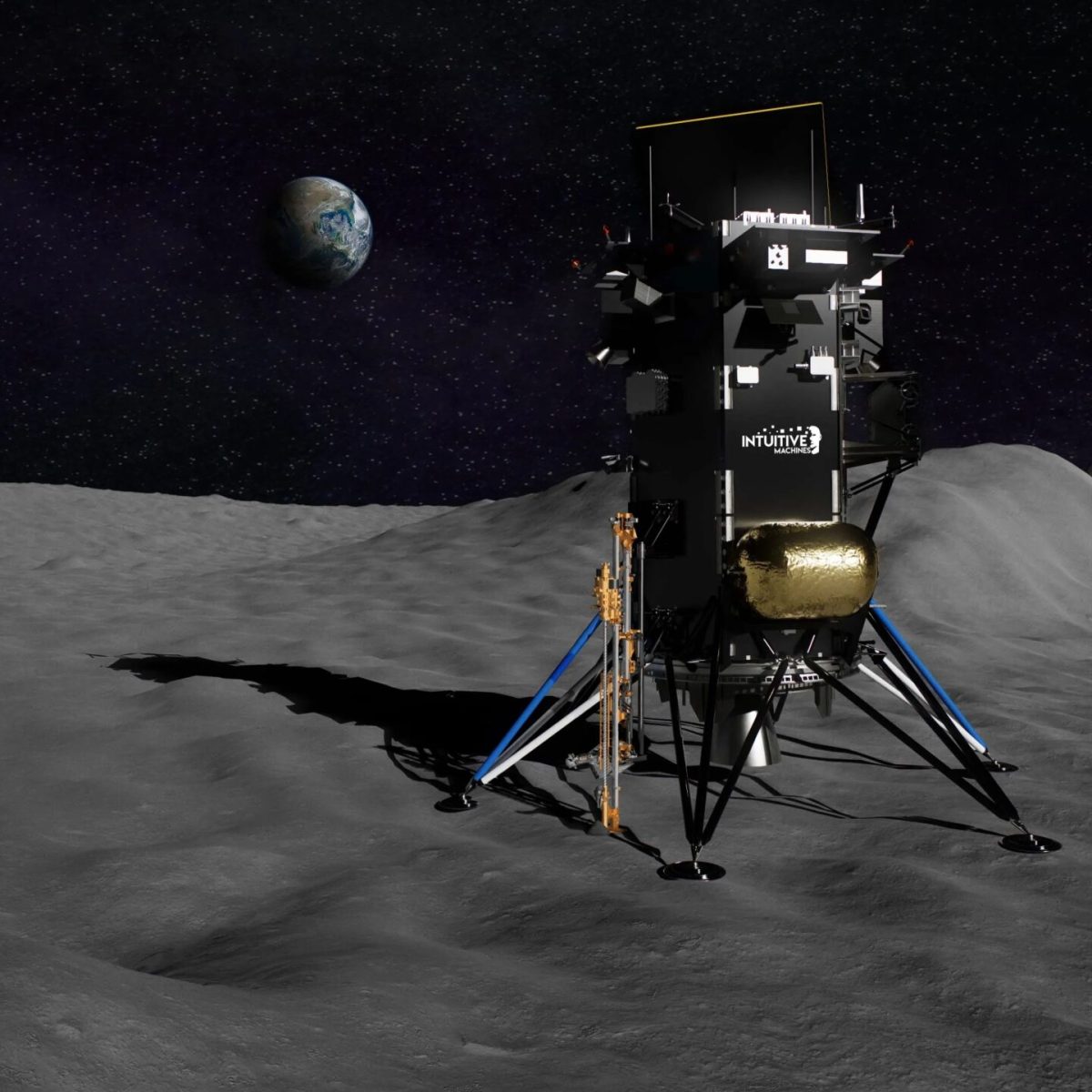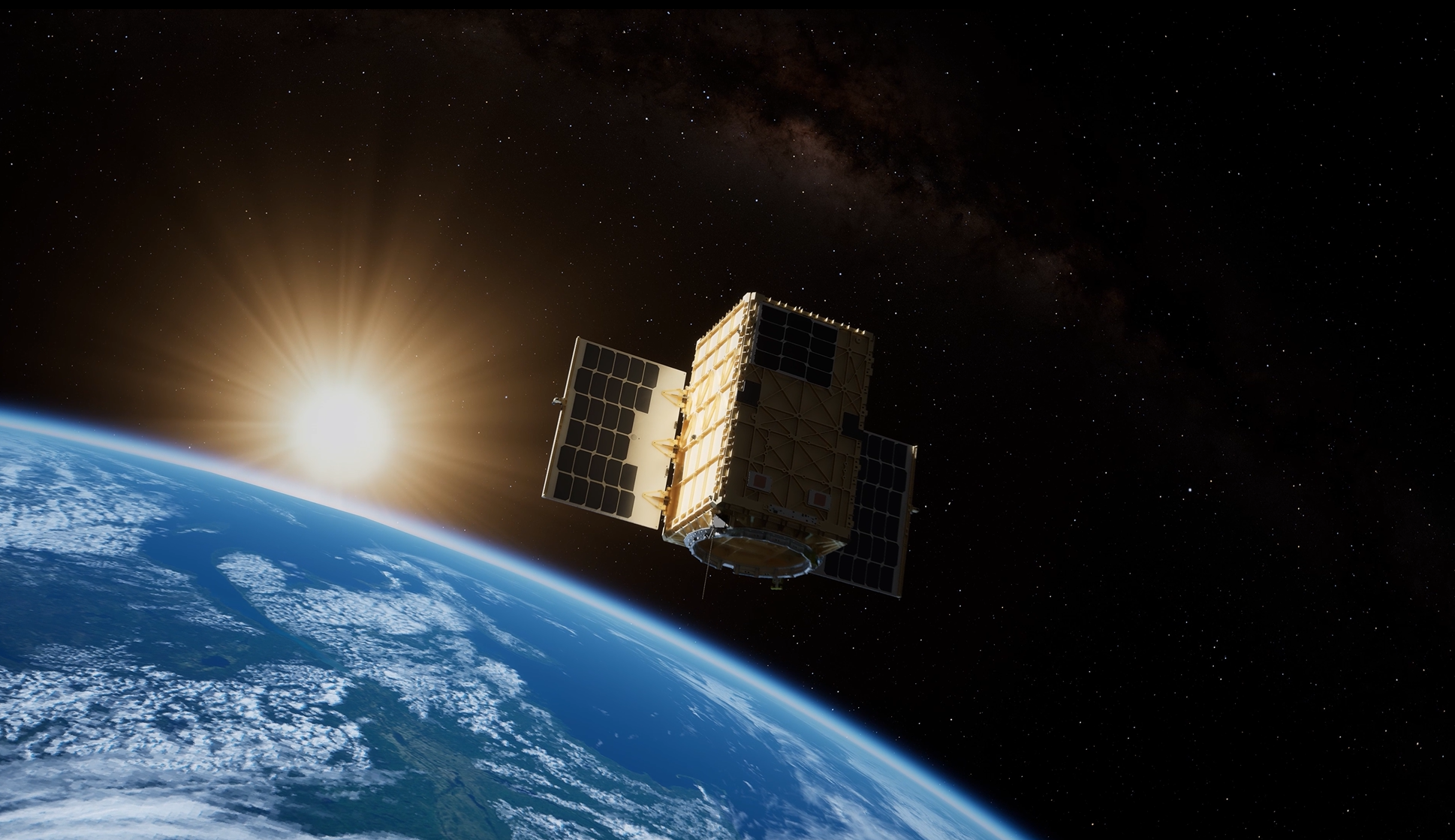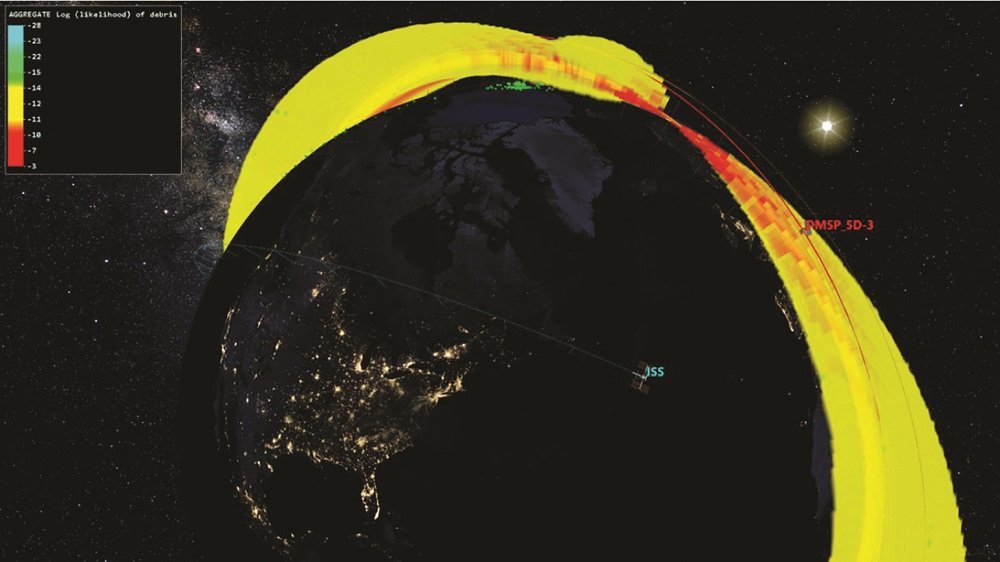Enough commercial activity is heading to the moon in the next few months to create a traffic jam. Firefly Aerospace, ispace and Intuitive Machines are all launching commercial lunar lander missions by early 2025, all on Falcon 9 rockets. That surge of missions makes it uncertain who exactly will be launching when. At a meeting of the Lunar Exploration Analysis Group in Houston Oct. 29, Firefly’s Joseph Marlin declined to offer a more specific launch date for its Blue Ghost 1 lander than some time in the fourth quarter of this year. “SpaceX is still sorting out its schedule,” he said.
At first glance, that surge in activity would appear to be a sign of an expanding market for commercial activities at the moon. But both Blue Ghost 1 and Intuitive Machines’ IM-2 missions have NASA as its largest customer by far, accounting for most of the payload and most of the revenue for them through the agency’s Commercial Lunar Payload Services (CLPS) program. The ispace lander for its M2 mission does not have NASA as a customer, but its manifest of payloads is relatively modest, ranging from the company’s own rover to “Moonhouse,” a small model house by a Swedish artist.
While CLPS was intended to help stimulate commercial lunar capabilities, that has not resulted in a surge of commercial demand for the landers it has enabled. That was the conclusion of a recent report by the Center for Strategic and International Studies (CSIS) that offered a critical examination of lunar activities.
Commercial lunar dreams remain grounded
“There is no indication of a lunar gold rush because there are no strong revenue-generating businesses centered around cislunar activities anchored by commercial customers,” the report stated. The activity seen today, it noted, has government agencies, like NASA, as primary customers.
“Truly commercial uses of the moon remain a chimera, with no obvious sign this could change in the next several years,” the report concluded.
“Pretty much all the activity is tied to the government as a customer,” said Clayton Swope, deputy director of the Aerospace Security Project at CSIS and lead author of the report, during an Oct. 25 webinar about the study.
He said that could change if the industry reaches a “pivot point” where there are activities that have economic value in space or on Earth. “That probably happens when we get to a critical mass of activity at the moon, in space,” he said but didn’t estimate how long that would take.
There are companies that are planning such activities. Interlune, a startup led by former Blue Origin president Rob Meyerson, has plans to prospect for and eventually extract from the moon helium-3, a potential fuel for fusion reactors. Those reactors don’t exist yet, but the company believes there are nearer-term applications for helium-3, like quantum computing, that could make such missions economically viable.
“There’s no doubt that, at some point, we’re going to get to certain types of businesses that might be significant,” said Alex MacDonald, NASA chief economist, during the webinar. That could be as simple, he suggested, as a commercial mission to return lunar rocks to sell on the open market, noting interest in lunar meteorites and illicit sales of Apollo samples. (The idea is not new: a quarter-century ago a startup called Applied Space Resources proposed missions to return lunar samples to sell commercially but failed to make much progress before fading away.)
He acknowledged, though, that the “predominant driver” for now is government activities like NASA’s Artemis campaign. “It is sufficient, at this time, to drive a lot of the innovation we are seeing in the economic ecosystem,” he concluded.
When that transition to more purely commercial activities takes place, and how that happens, remains uncertain. Victoria Samson, chief director of space security and stability at the Secure World Foundation, noted it took many years for commercial markets to develop in Earth orbit beyond commercial GEO communication satellites. “It’s going to be a while” before a commercial economy emerges at the moon, she estimated. “Decades, maybe.”
“But maybe only decades,” MacDonald added.
This article first appeared in the November 2024 issue of SpaceNews Magazine.



